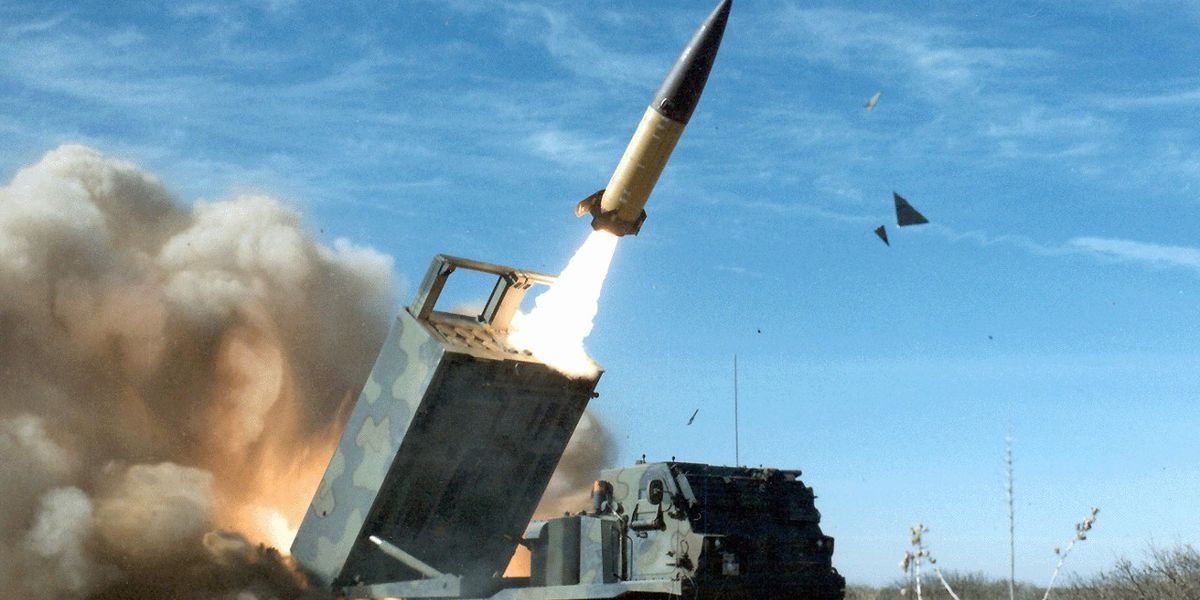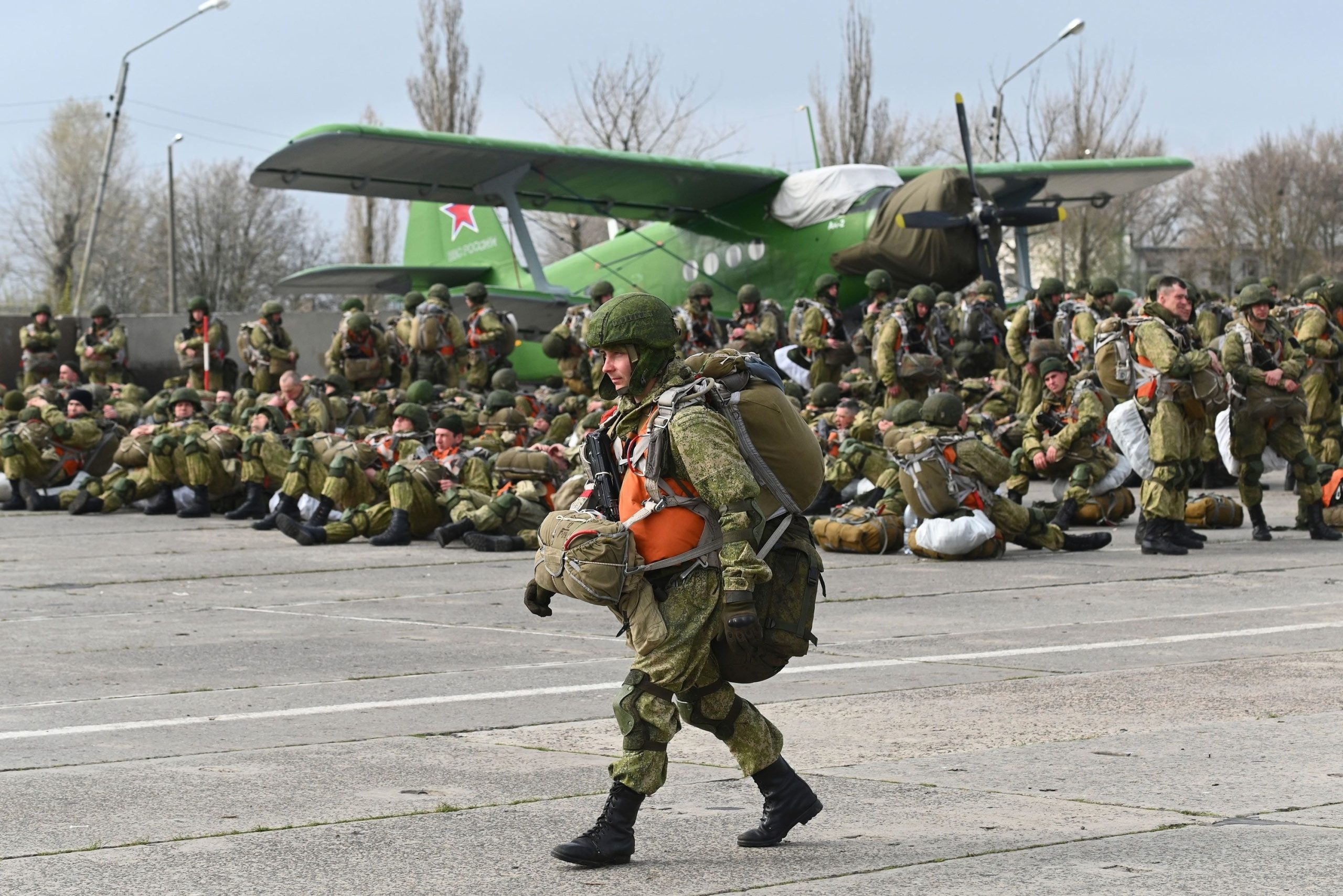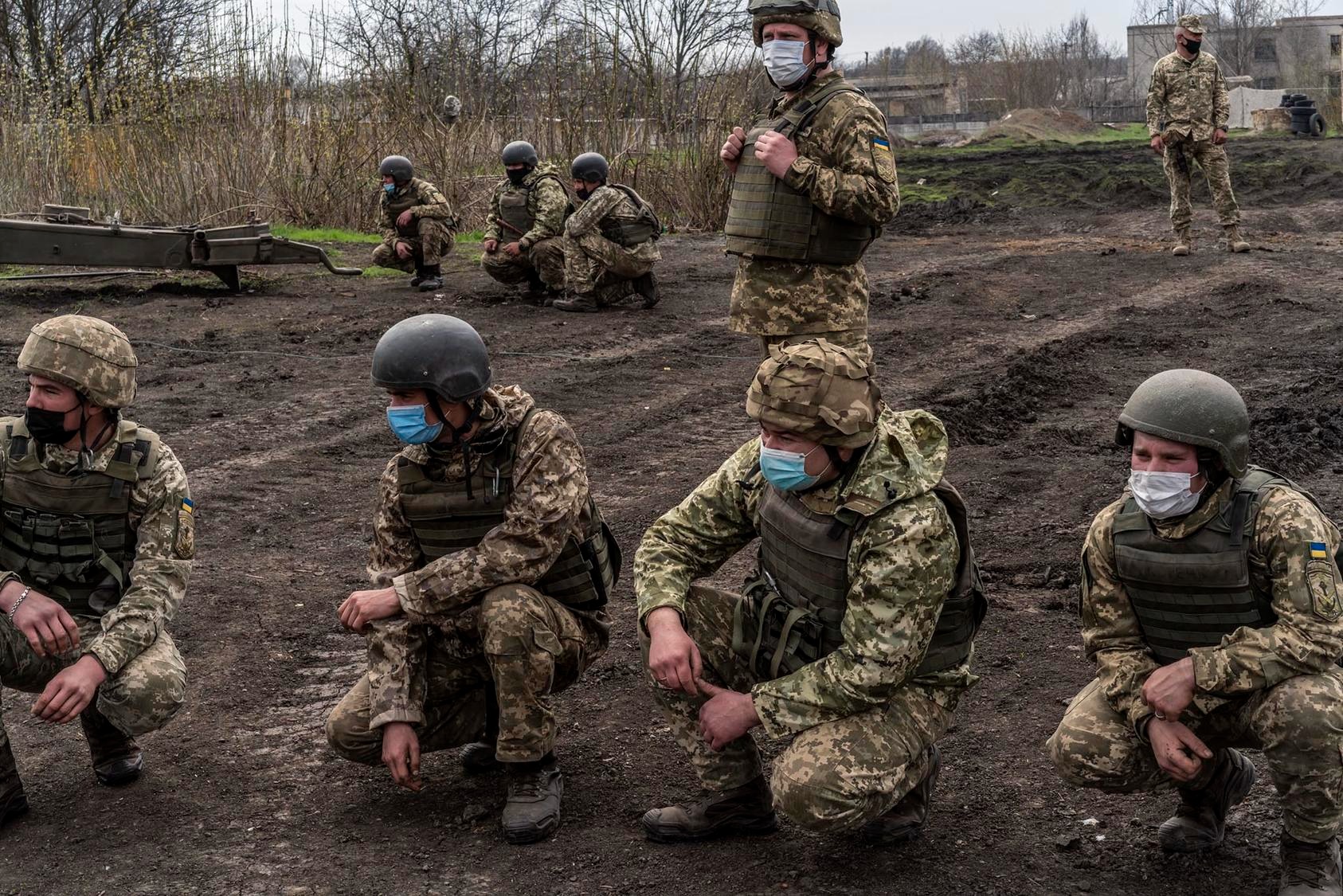Kuban, a small settlement in Ukraine’s eastern Luhansk Oblast, lies a mere 60 miles from the front line of Russia’s ongoing 27-month war against Ukraine. Despite being well beyond the range of most Ukrainian anti-personnel weapons, Kuban had become a relatively safe haven for Russian occupiers.
However, this sense of security was shattered on Wednesday when potentially hundreds of Russian troops gathered in a field near Kuban for training, unaware of the impending danger.
The Army Tactical Missile System (ATACMS), an American-made precision-guided ballistic missile, has revolutionized Ukraine’s military capabilities. With a range of up to 190 miles and the ability to scatter hundreds of grenade-size submunitions, the ATACMS has become a game-changer in the conflict.

On Wednesday, four of these two-ton missiles streaked down on the unsuspecting Russian troops, turning an area of approximately 2.5 acres into a lethal kill zone.
According to the Institute for the Study of War in Washington, D.C., one of the ATACMS burst directly overhead a crowd of around 116 unprotected Russians, potentially killing all of them. This strike may have been one of the bloodiest of the wider war, and it highlights the poor planning and lack of preparedness on the part of Russian commanders.
Despite knowing that such a strike was possible, even likely, Russian commanders failed to take necessary precautions. Ukraine had made acquiring ATACMS from the United States a top military priority in recent months, and the United States had finally obliged, providing an emergency shipment of over a hundred rockets. The White House had also rushed an additional $1 billion in weapons to Ukraine, which may have included more ATACMS.

The Russians were well aware that ATACMS were coming, and they had been warned that Ukrainian crews would target vulnerable concentrations of Russian forces, including training grounds. In February, Ukrainian crews had targeted large groups of Russian trainees at least three times, reportedly killing over a hundred people.
When Ukraine received its initial small batch of ATACMS last fall, they promptly targeted Russian airfields, damaging or destroying up to 20 helicopters. And when the first new batch of rockets arrived in early April, Ukrainian crews wasted no time bombarding a valuable Russian air force S-400 air-defense battery, destroying at least four launchers.

The attack on the S-400 was a stark reminder that no Russian air defenses can reliably shoot down an incoming ATACMS. As of April, any exposed Russians within 190 miles of the front line were vulnerable to Ukraine’s growing arsenal of ATACMS. Yet, ignoring this danger, the Russians continued to gather in the open, leading to the devastating loss of life near Kuban.
The incident highlights the consequences of poor planning and the importance of adapting to new military realities. As the conflict continues to evolve, it remains to be seen how Russian commanders will respond to the increasing threat of ATACMS and other precision-guided munitions. One thing is clear, however: the rules of engagement have changed, and those who fail to adapt will pay the price.


